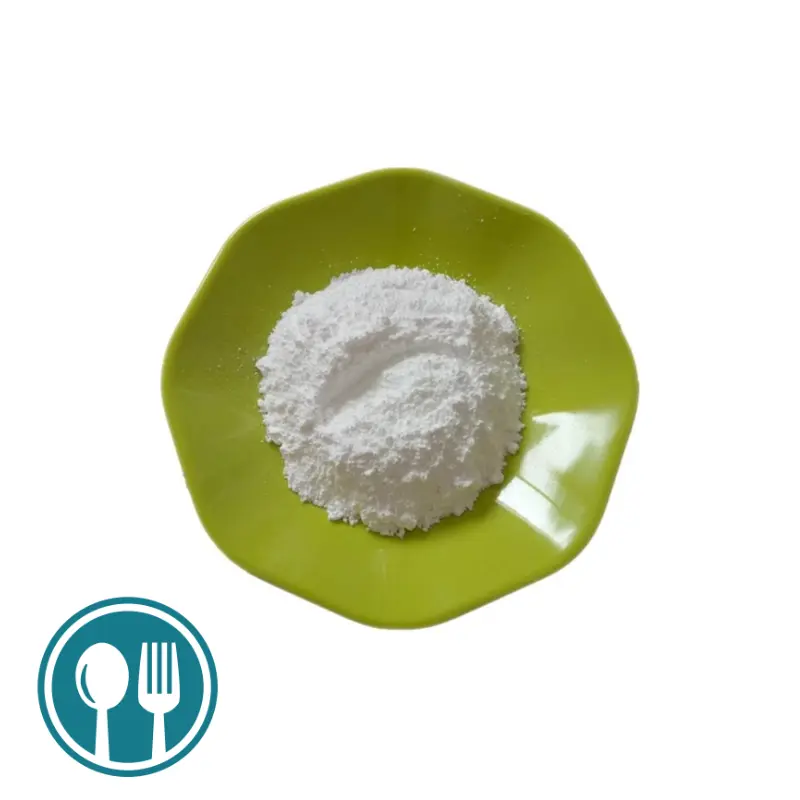Magnesium oxide is widely used and can be seen everywhere in our basic necessities of life. Today I will talk about the application of food and pharmaceutical grade magnesium oxide in the cosmetics industry. Magnesium oxide is used in the production process of many cosmetics and skin care products (such as sunscreen, loose powder, mask, lotion, etc.). According to the different types of cosmetics, its role is also different.

1. Magnesium oxide can be used as a thickener in skin care products. In the formulation of cosmetics, adding magnesium oxide can significantly increase the viscosity, making it easier for other ingredients to adhere to the skin surface.
2. Magnesium oxide can also balance the pH value of the product, making the product more mild, helping to protect the basic barrier of the skin surface, so as to avoid excessive stimulation and damage to the skin.
3. Magnesium oxide plays an important role in sunscreen products. Magnesium oxide forms an invisible layer on the surface of the skin that reflects UV rays, preventing most UV rays from penetrating deep into the surface layers of the skin, thus preventing sunburn. Unlike chemical sunscreens, mineral sunscreens containing magnesium oxide do not absorb into the skin, so the active ingredients do not enter the body’s bloodstream, thus reducing the risk of allergies and acne, and are less irritating to the skin.
4. Magnesium oxide can also control oil secretion. Adding a certain purity of magnesium oxide to cosmetics can absorb excess oil on the skin surface, making the use of the product more comfortable, and at the same time ensuring the durability of the makeup of the user.
5. Magnesium oxide also has certain antibacterial properties. Magnesium oxide neutralizes the acidic environment that makes it impossible for bacteria to survive. In addition, magnesium oxide can also combine with fatty acids in bacterial cell membranes, destroying the integrity of cell membranes and leading to cell death. At the same time, magnesium oxide can adsorb some harmful substances, such as bacterial toxins and metabolites on the surface of bacteria, which will affect the growth and reproduction of bacteria, thus achieving antibacterial effects.
With the improvement of people’s quality of life, the requirements for cosmetics are also increasing. As a commonly used additive in cosmetics, food and pharmaceutical grade magnesium oxide also needs to be carefully considered when purchasing. Various indicators such as product purity, whiteness and particle size should be strictly controlled to prevent problems in the follow-up service to customers.

